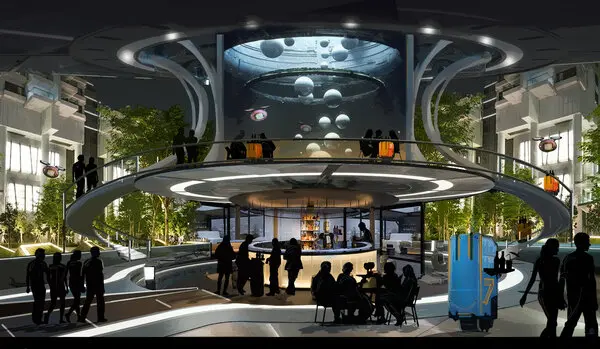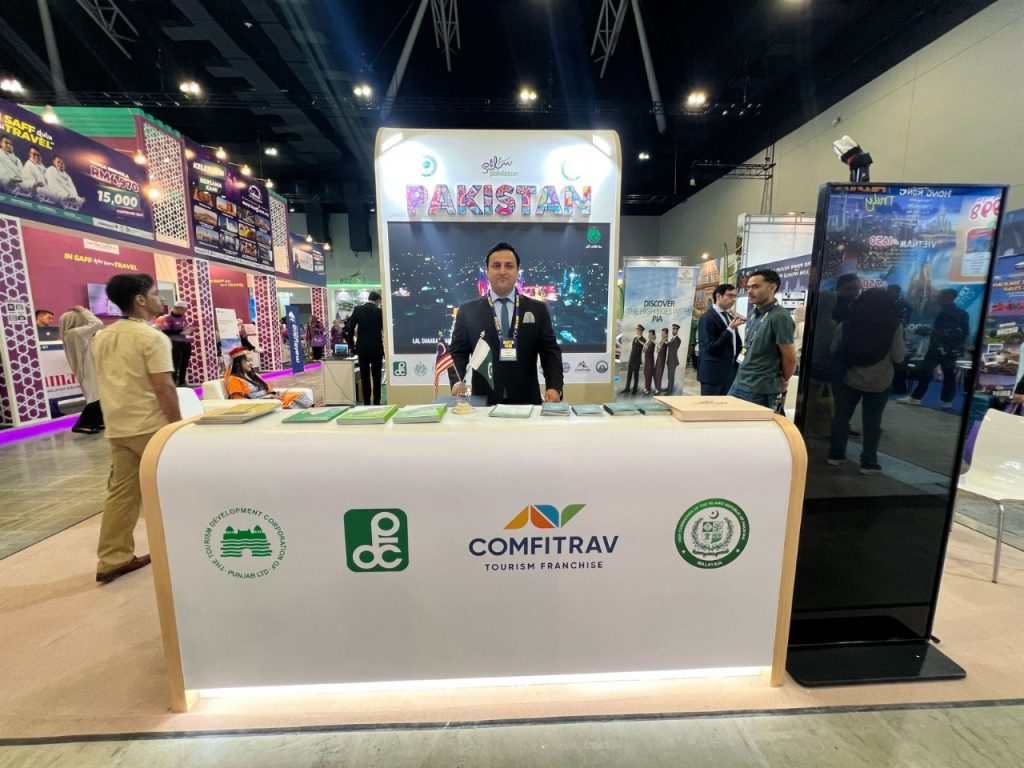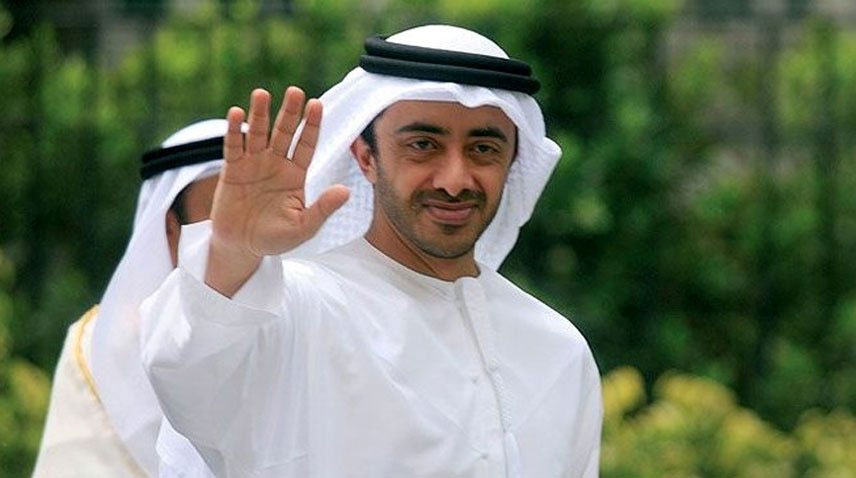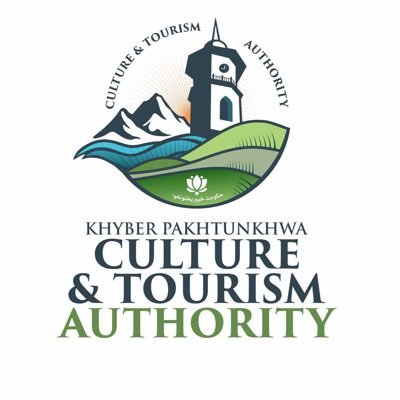The hotel of the future is often spoken of in very abstract and speculative terms. But since the future doesn’t exist until it’s created in the present over time, it’s best not to wait for the hotel of the future to just happen or to rely on single technology solutions to be the key to unlock it. Why not find ways to create that future in a more wholistic way – right now?
To do that, it’s always best to focus on the central mission of the hospitality industry: creating consistently welcoming environments, providing great services, and continuing to determine business objectives to support those things in scalable ways with the long view in mind. To flesh this out a bit more, here are 4 ways to create a vision for what the hotel of the future will look like as it’s built it today.
1. Find ways to gain a sharper image of the ideal guest
It’s much easier to create a sustainable vision for the hotel of the future when one knows the answer to a fundamental question in the present: who are our ideal guests, and what do they want from us?
Examples of this might be:
• The most popular channels by which prospects and guests engage with the brand – OTAs, company websites, related apps, etc.
• The add-ons and upgrades they most popularly specify at the booking stage, or at any time during their stay
• How they most often access services – mobile apps, QR scans, face-to-face, etc.
• Frequently asked questions – on website via chatbots, email, etc.
• Language preferences
• The nature of their stay – business, leisure, or bleisure
Guest-centric data like this helps decision-makers map out a vision and precise strategy. Getting a better picture of the guest and what they’re looking for in an experience also helps to provide a starting point to more meaningful technology investment.
2. Map your technology investment to specific business goals and practical outcomes
Questioning the technology status quo is an ongoing process as the present becomes the future. To do this effectively, it’s essential to judge a tech stack and individual solutions as they relate to very specific business goals and practical outcomes. The process can start with asking some basic questions, like:
• How adaptable have current technology solutions been to meeting business goals in the last year?
• Where are individual locations falling behind in meeting key objectives?
• How well do guests respond to basic processes of booking a room, acquiring access to that room, reserving an amenity, being seated at the hotel restaurant, adding room charges, and other aspects of their journeys?
• How easy is it for location employees who manage those processes to do their best work?
These questions and others can be valuable gauges as to where to invest in new technology and new partnerships with practicalities aligned with business goals firmly in place.
3. Gather the best brains in the organization
Sometimes, the most talented and insightful people in an organization get overlooked and valuable perspectives from across the departmental spectrum can get lost in the shuffle. Encouraging participation and ideation among all employees at every level can help leadership gain valuable perspectives on how to serve guests even better.
Creating accessible channels and forums to discuss ideas, experiences, and observations can help to put flesh on the bones of a company vision and strategy for what the future might best look like. It can also help create valuable team cohesion, better communications, and even greater talent retention.
Some examples of vital insights from employees might include:
• Their challenges and barriers to success in support of day-to-day work
• Personal and team wins and other inspirational stories
• Ideas for better processes applicable to all locations, guest-facing and not
• More precise ways of creating and measuring value that might not exist yet, but could
• Open communication and a culture of collaboration like this acknowledges employee points of view and the richness of their experiences and expertise.
4. Consider the consequences of inaction
Planning for the hotel of the future can sometimes be best realized by anticipating the likeliest outcomes if one doesn’t take any action at all. Spending time considering the consequences of sticking with the status quo can be a powerful motivator to making vital transformations.
Additionally, external expertise can help break the deadlock that can occur when sticky status quo derails a cohesive and practical vision for the future. The right technology partner who understands the objectives and has a toolbox to enable and enhance it can help provide scalability and ensure meaningful evolution for a hotel business. And as always – great communications along the way are what really makes this effective.
An unwavering dedication
Empathy, intelligence, and scalability are the most valuable guides for any business when it comes to envisioning the future and then building it. With those elements as a foundation for a company vision, that future is not so mysterious or abstract. It’s achievable right now.
This is good news for those hotel groups who have an unwavering dedication to great experiences as an ongoing, evolving goal. With that in place, the future isn’t something an organization and its leadership has to wait for. Hospitality leaders can make it happen, every day.
Courtesy: hospitalitynet
https://www.hospitalitynet.org/opinion/4111656.html










